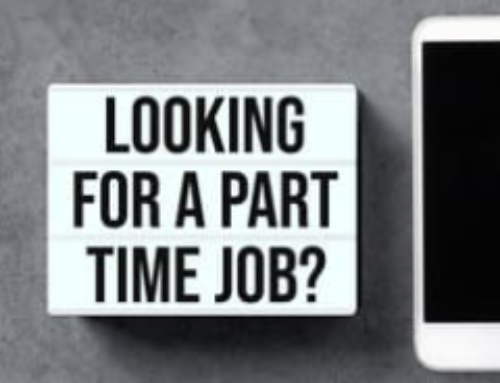Dear Sam: I’m struggling. I have 23 years of work experience with multiple employers and can’t fit it all in a nicely buttoned-up one-page resume. My sister-in-law, who used to hire a lot of candidates, told me that hiring managers only want to see one page, and anything else would be ignored. How can I communicate what I have done in that small space while still accurately conveying the breadth of my career? – Charla
Dear Charla: Oh yes, the old “your resume has to be one page” rule. In my more than 18 years of writing (nearly 10,000 resumes) that has never been a “rule.” With more sophisticated resume structures, we now do not limit ourselves to one page as it just does not make sense. If you can place 23 years of history on one page, then either you are severely under-representing yourself on paper, or you contributed very little value to past employers. Neither picture is a good one to paint.
Today’s resumes open with qualifications summaries which serve as an executive summary of what is to come on a resume, regardless of the length. Do you know that a hiring survey showed that only six percent of hiring managers actually agree with the “one-page rule?” Unfortunately, your sister-in-law is in that minority; but her thoughts, or the thoughts of a select few who are still operating under 20th-century rules, do not make it a “rule.” I give you permission to explore the value you contributed with a two-page resume!
Open your resume with a summary to provide the easy-to-screen snapshot of your qualifications, critical to the screening process. But, following the summary, explore your career with the presentation of a blend of your responsibilities and accomplishments. Follow this with additional value-added sections such as education, training, and professional affiliations.
I am glad you wrote so I could help you prevent creating a resume that really would under-represent your candidacy.
Dear Sam: I heard you talk about keywords when I attended one of your webinars recently. Can you explain how I can figure out what keywords I should incorporate into my resume? – Wesley
Dear Wesley: The first step in writing a resume is to determine your career target. Start perusing job postings and identify what positions are out there for which you fulfill the majority of qualifications. Once you have found a handful of positions of interest, I recommend performing a keyword mapping exercise to outline the content—a.k.a. “keywords”—most important to include in your resume.
To perform keyword mapping, I suggest the following steps:
(1) Collect a representative sampling of job postings (10 or so) you are interested in;
(2) read the postings and write desired qualifications, skills, etc. on the left side of a piece of paper;
(3) cross-reference the list with your qualifications, transferring the items you possess to the right side of the piece of paper, and crossing them off the left side of the paper;
(4) for items that you “sort of” have, “move” those to the middle of the paper.
This “master list” will then illustrate an overview of your qualifiers (right side of the page), disqualifiers (left side of the page), and potential disqualifiers (middle of the page). These keywords and phrases then need to be incorporated into your resume, being very careful how you handle or perhaps address items that remain on the left side of the page or fall in the middle. This exercise will provide you with a roadmap for the language you need to speak to develop a targeted resume based on your areas of interest. This exercise will also showcase whether your career targets are too diverse. If you find yourself writing furiously by the time you are mapping your sixth or seventh job posting, then perhaps you need to take a closer look at the target of your job search to ensure you are positioning yourself as something and not everything.




